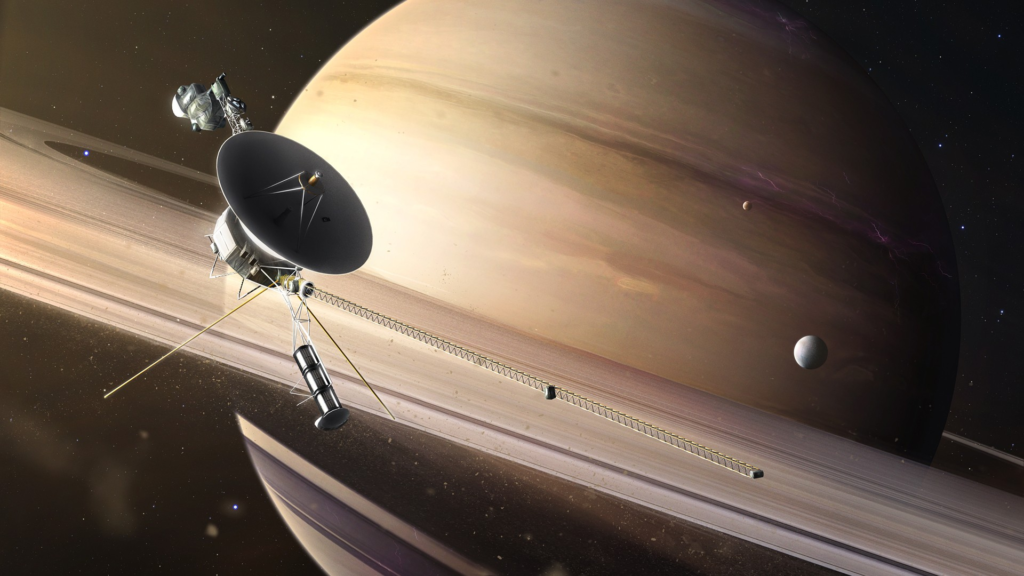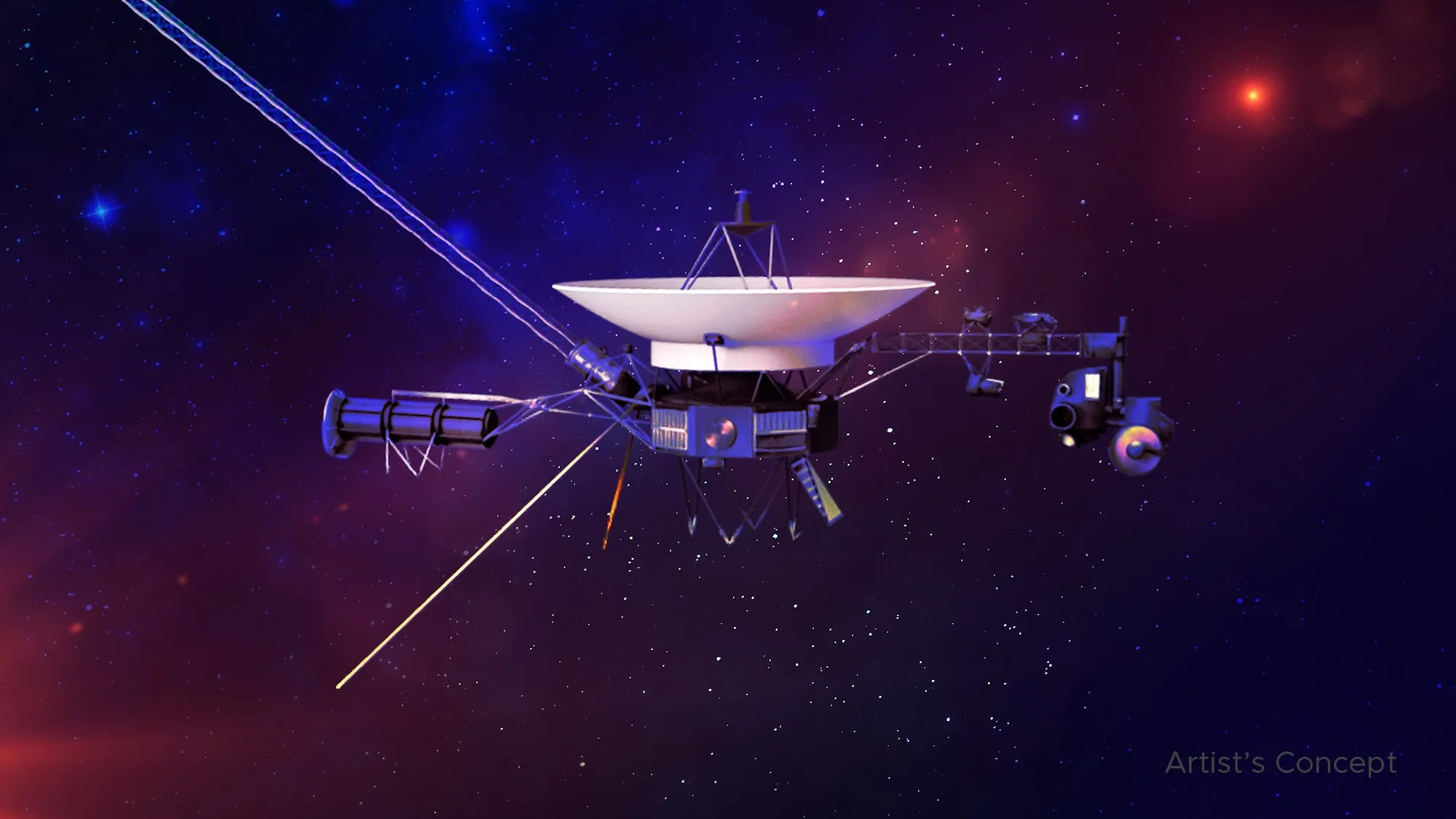After several months of complex, long-distance repairs, NASA’s Voyager 1 space probe is once again fully operational. The agency announced last Thursday that the spacecraft has resumed gathering information about interstellar space and is back to normal operations.
Voyager 1’s Journey and Troubleshooting Efforts
Voyager 1, currently over 15 billion miles from Earth, started transmitting corrupted science and engineering data last November. Given the probe’s vast distance, troubleshooting the problem was a challenging and time-consuming process. Each communication between Earth and Voyager 1 took 22.5 hours to transmit, resulting in nearly two-day-long communication cycles.

By April, NASA engineers identified the root cause of the issue as a single chip in Voyager 1’s Flight Data System. This discovery allowed them to begin reconfiguring lines of computer code to enable the spacecraft to continue sending data. Last month, NASA announced that it had restored functionality to two of the probe’s science instruments. This was followed by the announcement last week that Voyager 1 had been fully restored to its normal operational status.
Milestones and Achievements of Voyager 1
Launched in 1977 along with its sister craft Voyager 2, Voyager 1 is one of the longest-operating spacecraft in history. Initially tasked with studying the outer planets Jupiter, Saturn, Uranus, and Neptune, the twin probes have since embarked on a journey extending far beyond their original mission. They have traveled farther than any other man-made objects in history. One of Voyager 1’s most famous achievements is the transmission of the “Pale Blue Dot” photograph of Earth, taken in 1990 when the spacecraft was 3.7 billion miles from the Sun. This iconic image highlighted Earth’s tiny presence in the vastness of space.
In 2012, Voyager 1 became the first spacecraft to enter interstellar space, providing invaluable data on plasma waves, magnetic fields, and particles in the heliosphere, the outermost region of space influenced by the Sun. This milestone marked a significant achievement in space exploration and expanded our understanding of the universe. Both Voyager probes also carry the “Golden Records,” gold-plated copper discs containing sounds and images from Earth, curated by astronomer Carl Sagan. These records serve as a time capsule intended to communicate the story of our world to extraterrestrial life forms or future humans who may find them.
Future Prospects for the Historic Space Probe
Currently traveling at a rate of roughly one million miles per day, Voyager 1 continues its journey through interstellar space. However, NASA estimates that the spacecraft’s diminishing power levels may prevent further operation by early next year. Despite this, the achievements of Voyager 1 and its twin probe Voyager 2 will continue to inspire and inform future generations of scientists and space enthusiasts.

Voyager 1’s incredible journey and the successful restoration of its operational capabilities stand as a testament to human ingenuity and the relentless pursuit of knowledge. As the spacecraft continues to send back data from the far reaches of space, it remains a symbol of our quest to explore the unknown and understand our place in the cosmos.
